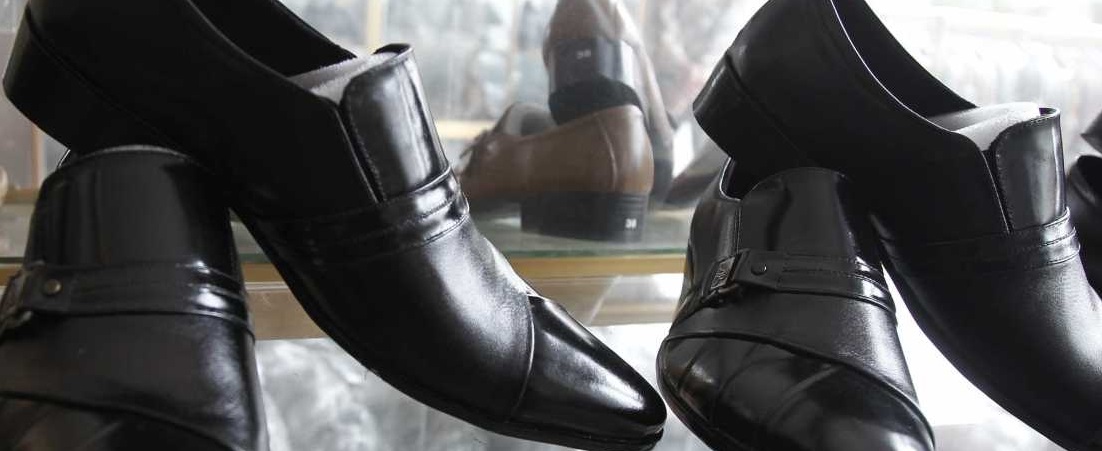
Industry association projects 6.7%-9.1% drop in Brazil’s footwear exports
Apr, 28, 2023 Posted by Gabriel MalheirosWeek 202320
Footwear exports are expected to drop between 6.7% and 9.1% in 2023 – to between 129 million and 132.4 million pairs – still above pre-pandemic levels but breaking away with the pattern of growth initiated last year. The industry’s growth will be primarily dependent on domestic consumption. This assessment was made by Abicalçados’ Market Intelligence coordinator, Priscila Linck, during an event organized by the industry association.
The economist also predicts a market shock caused by currency depreciation, combined with a decrease in the cost of international freight, favoring Asian exports, China’s economic recovery, and a readjustment of inventories in the United States post-inflation hike.
According to Priscila, the appreciation of the Brazilian real makes Brazilian products more expensive for international buyers. In contrast, the drop in international freight prices favors the resumption of exports from China. In the United States, our leading destination abroad, retailers bought more than was consumed throughout 2022. Now, local retailers must adjust their inventories and decrease their total imports,” she explained.
In this scenario, according to the Abicalçados’ economist, footwear exports are expected to fall between 6.7% and 9.1% in 2023 – to between 129 million and 132.4 million pairs – still above pre-pandemic levels in 2019. “Thus, with the decline in exports and growth in the domestic market, we should end the year with footwear production between 1% and 1.7% higher than in 2022, with a total of approximately 860 million pairs produced,” projected Priscila.
See below Brazil’s exports of footwear items shipped in containers between Jan 2020 and Feb 2023, according to DataLiner.
Brazilian footwear exports | Jan 2020 – Feb 2023 | TEUs
Source: DataLiner (click here to request a demo)
According to projections from Abicalçados, in 2023, the sector’s growth should come from the domestic market, which, absorbing more than 85% of footwear sales, should consume between 754 and 757 million pairs (increases between 3% and 3.4% compared to 2022), a growth that still places the domestic market about 7% below pre-pandemic levels. The projection was announced on the last day of the digital event Analysis of Scenarios, held by the entity.
The event began with a presentation by Marcos Lélis, a Ph.D. in Economics and consultant to the sector, who spoke about the international and national macroeconomic scenario. According to him, high inflation in the world’s major economies, inventory adjustments in the United States, the reduction of international freight prices, and China’s recovery after a period of restrictions caused by the Covid Zero policy are expected to impact Brazilian exports. “The appreciation of the real against the dollar, the result of the high interest rates in Brazil and the drop in interest rates in the United States, should also have an impact on export results,” he said.
The Brazilian economy, in turn, is expected to grow by 0.9% in 2023 after a more significant growth of 2.9% last year. “Brazil, as we have mentioned before, has a growth ceiling caused by structural difficulties and a lack of public and private investments. Today, we operate with high-interest rates, which further complicates and raises the cost of credit,” emphasized Lélis. In addition, the high indebtedness of families, still at a very high level of 78.3%, is also expected to impact the growth of the national economy.
Source: Comex do Brasil
To read the original news report, click on: https://www.comexdobrasil.com/abicalcados-projeta-queda-entre-67-e-91-nas-exportacoes-do-setor-em-2023
-
Shipping
May, 24, 2023
0
Seaspan ammonia-powered boxship design unveiled
-
Other Cargo
Feb, 03, 2022
0
Russian blockade may cause nitrate shortages in Brazil
-
Other Cargo
Jun, 12, 2019
0
Cotton exports show exponential growth in May YoY
-
Meat
Mar, 25, 2025
0
USDA Argentine projects an 8.9% drop in beef exports this year

